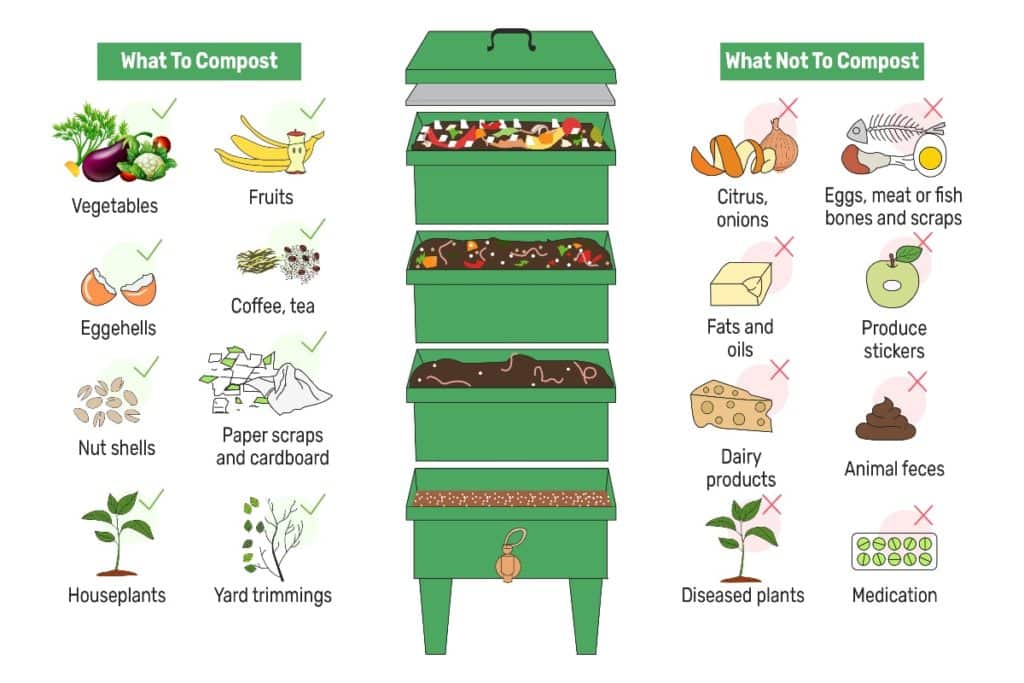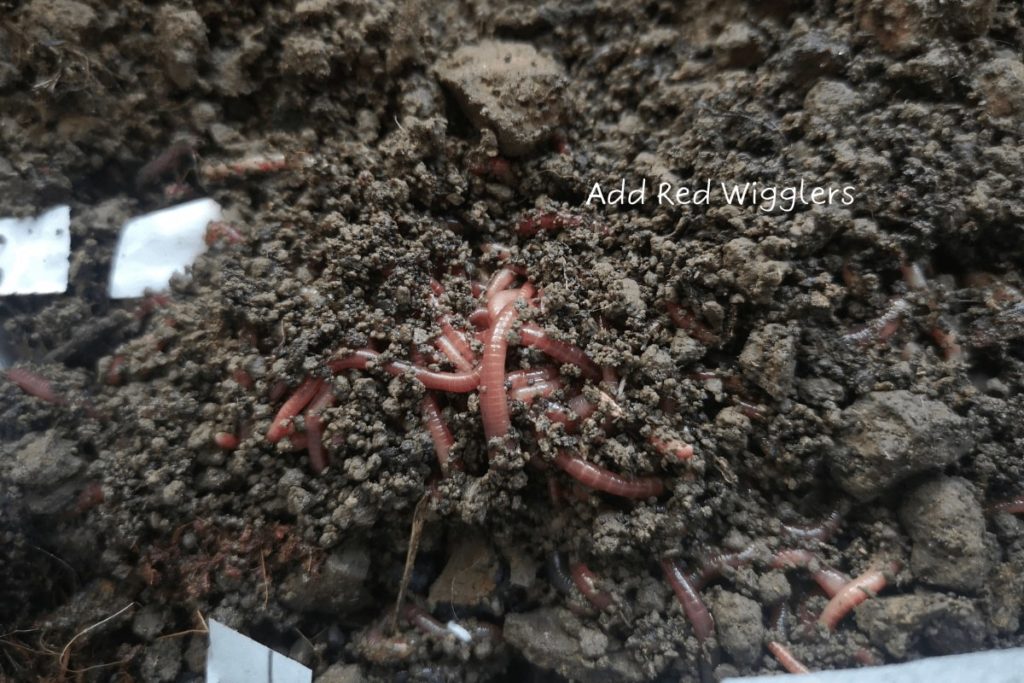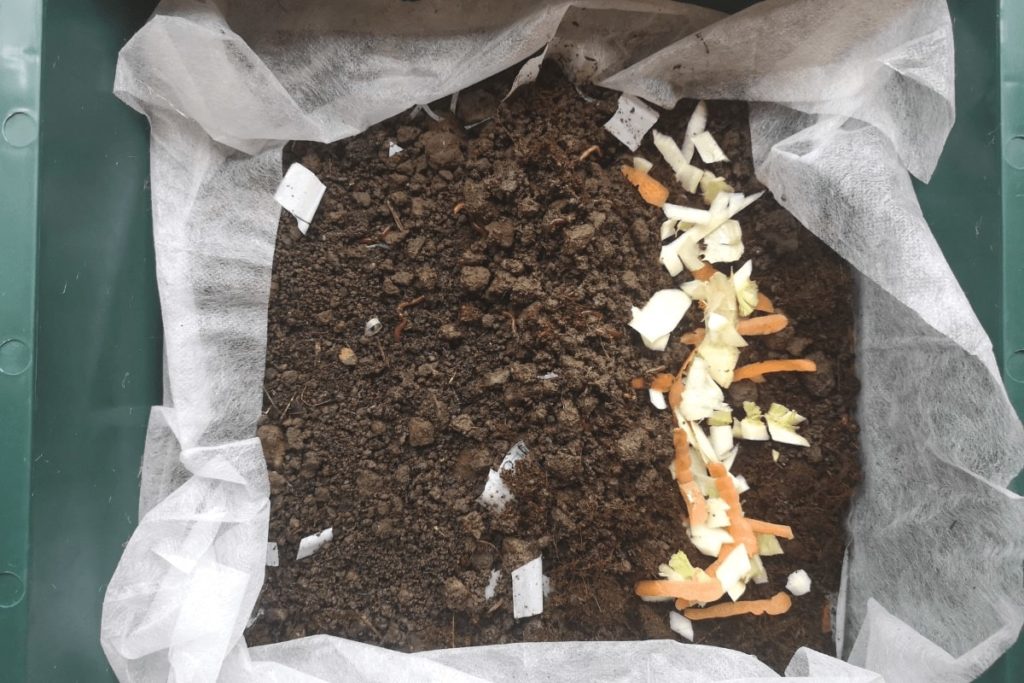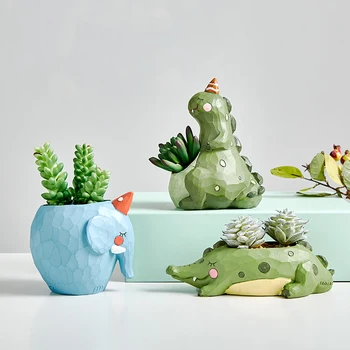Worm castings – you’ve probably heard of this miracle material before, but you don’t quite know what it is. You can use worm castings for many garden applications, including as a soil base or fertilizer.
I love to make worm castings at home, it is one of my favorite home composting methods.
Let’s get right into the basics of worm castings and see how it can help you!
Worm castings, also called vermicompost, are the end product of the breakdown of organic matter by worms. Yes, you heard that correctly-worm castings are worm poo. As the worms eat through compost or soil, they absorb certain nutrients that make their waste the perfect material for soil enrichment.
According to the University of California, earthworm casting contains iron, sulfur, and calcium in optimal concentrations. They also determined the nitrogen, phosphorus, and potassium (NPK) rating to be 5:5:3.
You can use any organic materials, like food scraps, yard clippings, and animal feces. Toss them into the compost bin, and let the worms go to work! The result is nutrient-rich soil that can boost your plants and protect them against diseases and pests.
It’s surprisingly easy to establish and maintain a worm bin, and you can even keep it inside with a proper setup. Vermicomposting requires minimal care, making it an excellent project for kids to teach them about green gardening.

There are many benefits which worm castings can bring to your garden, they’re the perfect organic compost for the soil and plants with zero harmful chemicals:
Organic worm castings can make better seed germination, more flower and fruit production.
Worm castings can be a huge boon to plant growth, the plants, fruit and flowers can grow faster and bigger. With bacteria and microbes in the castings, it helps the plants become more disease resistant.
Worm castings add organic matter into the soil, improving air flow in the soil. It also helps the soil retain water better.
You can fertilize your lawn in the morning with worm castings tea and allow your kids or pets to play later that day with no worries.
Worm castings need some preparations, but not as difficult as you thought. Below is my process to make worm castings, just give it a try and you can also make your worm castings at home. It’s actually fun!
Choose a stackable vermicomposting system. The purpose of stacked trays is to allow worms working from a lower tray to upper tray, and prevents pests from getting in.
Put the bin into a cool, dark, dry area away from the hot sun.

Place coco fiber brick in the bowl and cover with water, wait 2 hours for it to expand.
Place fabric and newspaper on the base of the first working tray. Once the coco fiber brick has expanded, grab it out of the bowl and layer it over the newspaper.
The purpose of the fabric on the bottom is to filter everything that will spill or go down from the bedding.

Get red wigglers, the most common compost worms. You can order them from Uncle Jim’s Worm Farm.
How many worms do you need? Think about how much food you throw away per day. Worms can eat half of their body weight worth of food.
Add the worms on top of coco fiber and newspaper. Meanwhile, keep any bedding that came with the worms together. And cover with hessian as a worm blanket.

Dig a shallow trench on top of the bedding, place food scraps which are only half the body weight of the worms, and then cover with the bedding and blanket again.
When adding more food, dig a new trench next to the previous one, continue this until you reach the end of the farm, then jump back to where you started. And make sure you tear the food up into small pieces because worms have small mouths.

Here’s a list of food you can and can’t feed your worms:
| Feed | Don’t Feed |
| Raw & cooked food(except meat) | Citrus and onions |
| Fruit & vegetable scraps | Diary products |
| Coffee grounds & tea bags | Eggs, meat, fish bones and scraps |
| Old flower,rotting leaves & grass | Cheeze, butter, salad |
| Shredded cardboard | Spicy, salty, or fatty foods |
| Pet Waste |
Covering the worms helps them eat faster. It also helps keep flies away since they can’t access food buried below the dirt.
It’s better to maintain your bin under the temperature from 55℉ to 90℉ and moisture from 60% to 90%.
The worms naturally migrate away from the lower tray up to the upper tray when there is nothing to eat in the lower tray, leaving the lower tray full of rich, dark composted matter and very few worms.
Remove the lower tray, screen and sort out undigest organic matter, and put left worms back to the new tray. For the left composted matter, dry them out and you will have the perfect worm castings!
There are also other ways to harvest worm castings, check out below video for inspiration:
If above process is too troublesome for you, then just directly purchasing wiggle worm soil builder worm castings is a good choice : )
You can use worm castings in a variety of ways.
Apply an inch to the top layer of soil and scratch it deeper into the soil. The earthworm castings will help the plant if it has any nutrient deficiencies. Re-apply every two months.
Apply two inches to the top layer of soil and then work it into the ground with a spade. Worm castings will provide long-lasting nutrients to your outdoor plants.
Spread four pounds of worm casting for every 100 square feet of grass. After you apply the earthworm castings, use a sprinkler to ensure the castings absorb into the ground.
“Worm tea” is a liquid fertilizer made from dissolving worm castings in water.
Collect worm castings in cheesecloth or T-shirt, soak a bundle in a bucket of water overnight, and then strain liquid and add to a spray bottle, you will get the perfect worm compost tea!
You can directly spray worm tea on plants and soil.
Worm castings are essentially a time-release fertilizer made from 100% organic matter. It can help plants grow, increase soil fertility and help soil retain moisture.
Worm castings aren’t great for acid-loving plants. Since worm castings have a neutral pH, they don’t support plants that like an acidic environment.
If you’re making your own worm castings, getting enough casting to use as fertilizer can take months. The upkeep will also take a considerable amount of time.
For most plants, worm castings aren’t enough. You’ll have to purchase other sorts of fertilizer depending on the plant you’re feeding. For example, once a tomato plant begins fruiting, you’ll need a fertilizer high in nitrogen and potassium, something worm castings don’t have.
Ye, worm castings are good for almost all plants as they contain a variety of nutritions which are ready to be absorbed by the plants. You can use worm castings for your container plants, flower beds, lawn, herbs, cannabis and more.
If you use worm castings as a fertilizer for potted plants, it’s recommended to reapply the castings every month. After a month, the primary nutrients have already deposited themselves in the soil, so you’ll need to reapply to get more plant growth.
Not really! Worm castings don’t contain any chemical fertilizers, meaning they won’t cause fertilizer burn on your plants if you use too much. As you water, more nutrients are released, but never too much to damage your plant.
Yes, you can, but you need to make a potting mix. An excellent soil mix for seeds should only have a small amount of worm castings. The vermicompost acts like time-release fertilizer, giving your seeds nutritious soil to grow in.
I always put two dedicated stainless steel bowls in the kitchen. One is for collecting food scraps for worms, the other is for bokashi composting. Both composting methods are fun and satisfying as soon as you get used to it.
If you have kids, kids would definitely like to engage with the lovely worms. And unlike chemical fertilizers, worm castings are completely non-toxic and won’t hurt people.
Worm castings are a fantastic tool for any gardener. From worm casting tea to its uses as a grass fertilizer, there are countless ways you can use worm castings in your garden.
If you need more motivation and enjoy connecting with like-minded gardeners, welcome to join our Facebook group community. Let’s compost “Gold” together! 😉
You may enjoy these related articles:





We provide a platform supported by gardening enthusiasts to share unique experience and knowledge.
We’ve pledged 5% of sales to the program which help more families have opportunity to have garden.
Every action we make has an impact on planet. Learn more about Million Compost Movement.
Join facebook community to connect, share passion and get support when you need.
Keep in mind that we may receive commissions when you click our links and make purchases. However, this does not impact our reviews and comparions. We try our best to keep things fair and balanced, in order to help you make the best choice for you.
As an Amazon Associate, we earn from qualifying purchases.
Sign up for gardening tips, activism awareness, exclusive offers and more!
© Garden Guidepost

Gardening tips, activism awareness, exclusive offers and more!